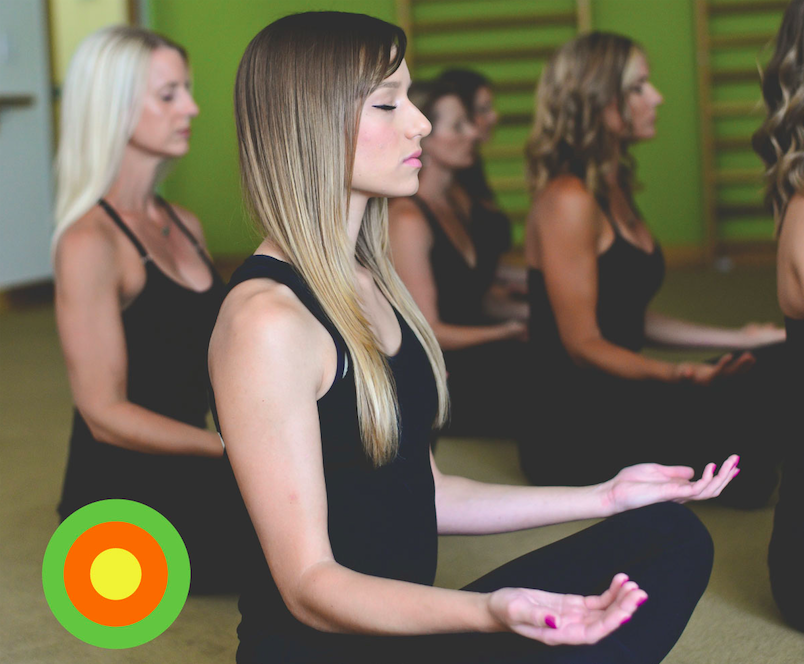I make taking class at TDM a priority not only for the physical benefits, but also for the clarity and peace of mind that it gives me. But obviously a quiet mind takes practice and I often find myself thinking about a number of things in class.
Mostly, I find myself thinking about technical components of class (how certain variations fit with our alignment principles, etc.) or giving the teacher “a keep and a grow” after class. But of course my mind wanders other ways as well… what time do I need to pick up my children today? Did I get a gift for the birthday party this weekend? What do I need to pick up from the grocery store for dinner tonight?
I am by no means perfect at keeping a quiet mind and staying present with where I am but I do have a few tools that help me when my mind starts to move a million miles and hour!
1. Notice
This is the first step to finding presence. How can you possibly bring yourself back to ‘now’, if you don’t even realize you are not in the ‘now’?! We talk about this a lot in our Word of the Month blogs but it begins with bringing your attention to a few things. I like to focus on:
– How I am currently feeling.
– What is going on around me.
– My physical state: do I need a class that is going to kick my butt or do I need to back off a little that day and let class be more restorative?
2. Leave it Outside the Studio
Making a conscious effort to change my state when I walk in the studio is a practice that helps tremendously; and like all habits, the more often I do it, the more it becomes natural to me. Try taking a moment longer before entering the studio. Notice what is on your mind, take a big breath, make an intention to leave it outside the studio and then step in. It’s a very small act but creating this physical separation can make a very big difference.
3. Focus on Breath
I find it very challenging to think about anything else when I bring awareness to my breath. So if I begin to notice that my mind is still racing regardless of the previous two attempts, I really try to coordinate my breath with my movements in class. Listen closely to your teacher as they often cue about breath, but in general you want to inhale when creating expansion and exhale when creating contraction. For example in low c-curve, think about inhaling to lengthen your spine and as you exhale you contract your abdominals (i.e. flatten the waist, curl higher, etc.). This also works for stretches, you want to inhale as you lengthen and exhale as you deepen. In bar stretch, on your inhale try to lengthen your torso a little longer and as you exhale, fold a little deeper.
I hope these tips help you be a little more “free” in class!
— Jill

